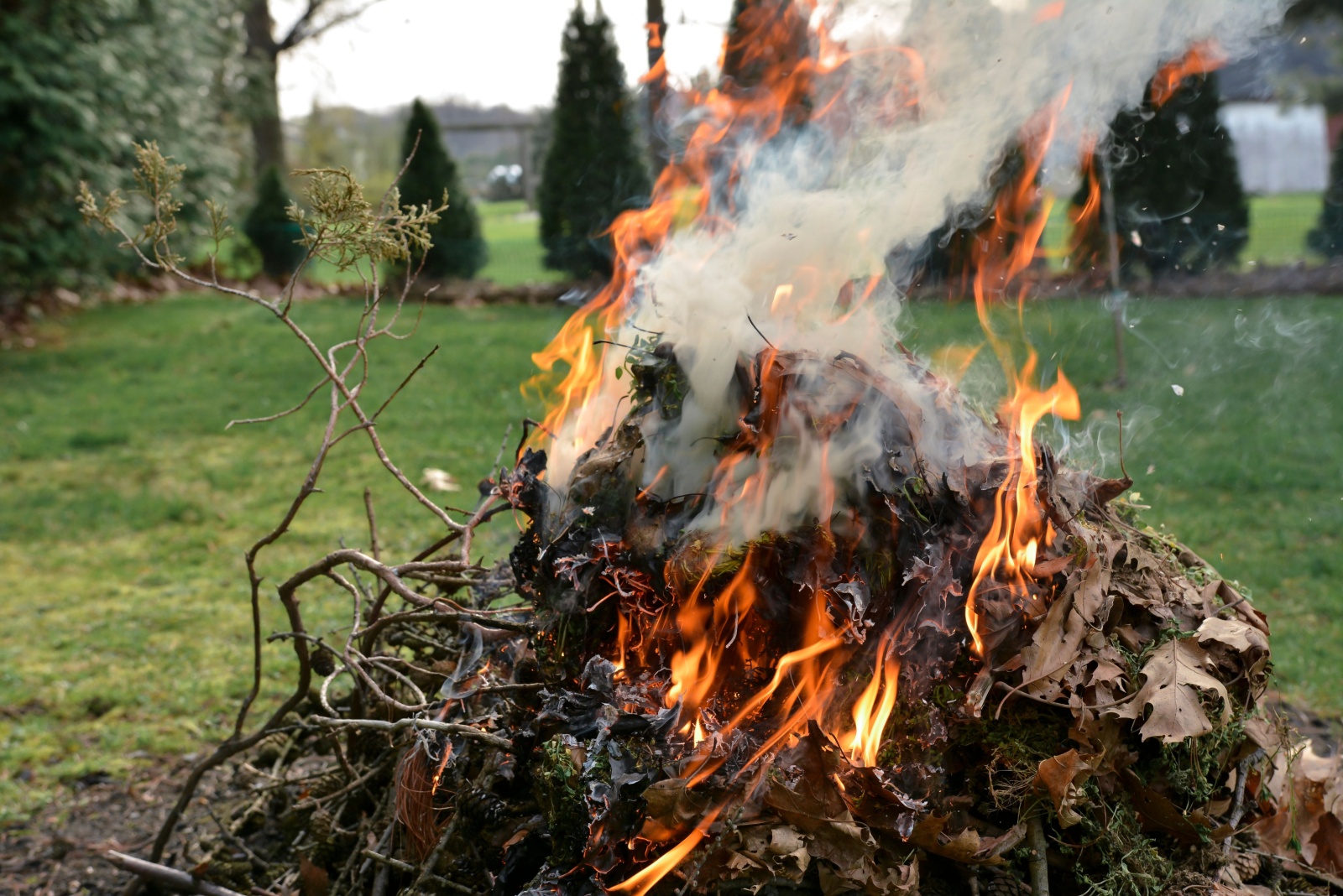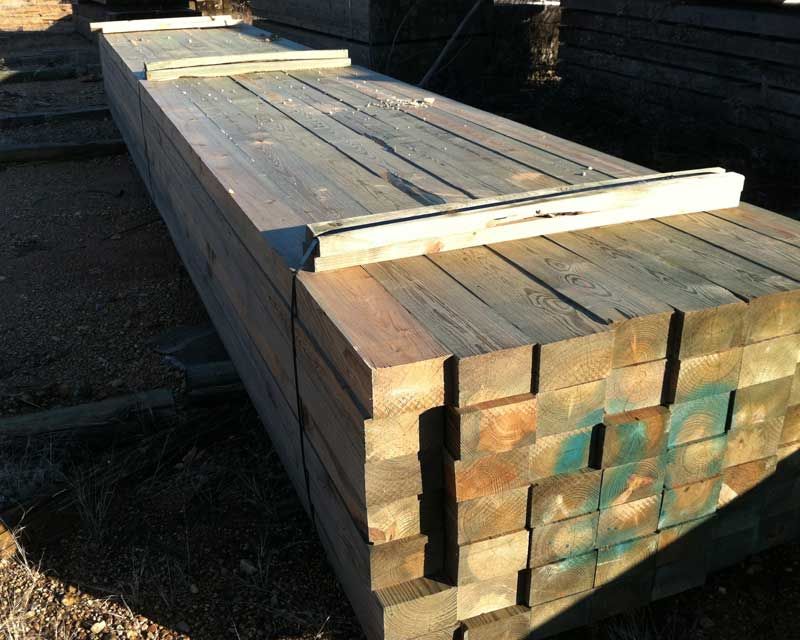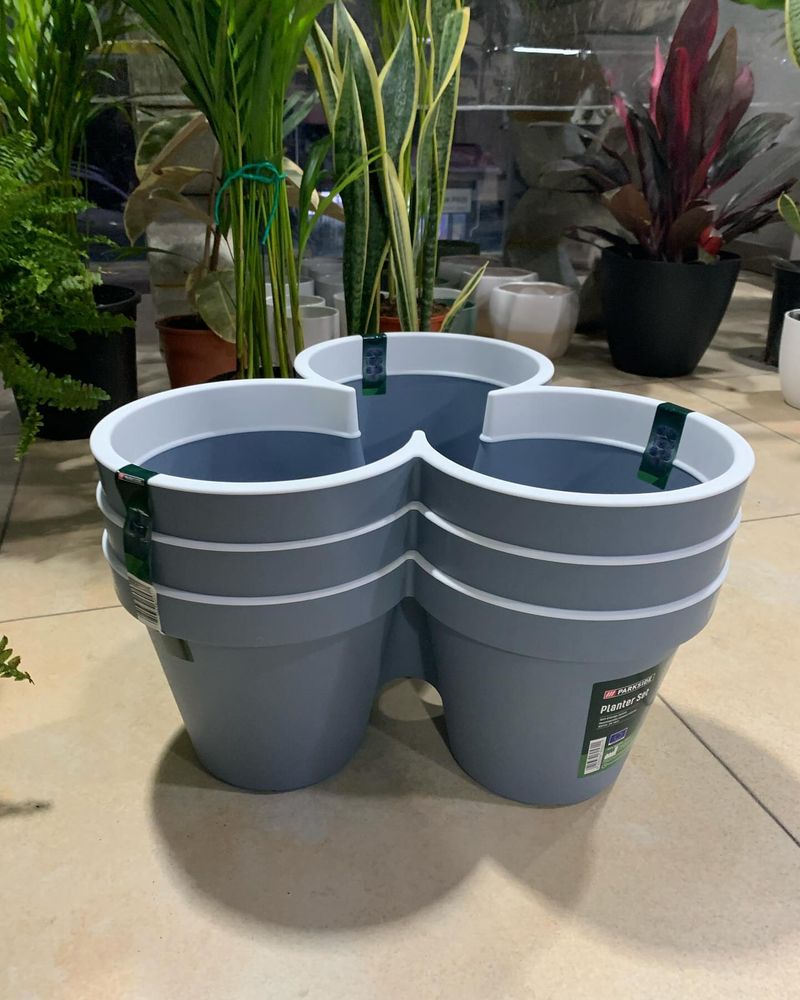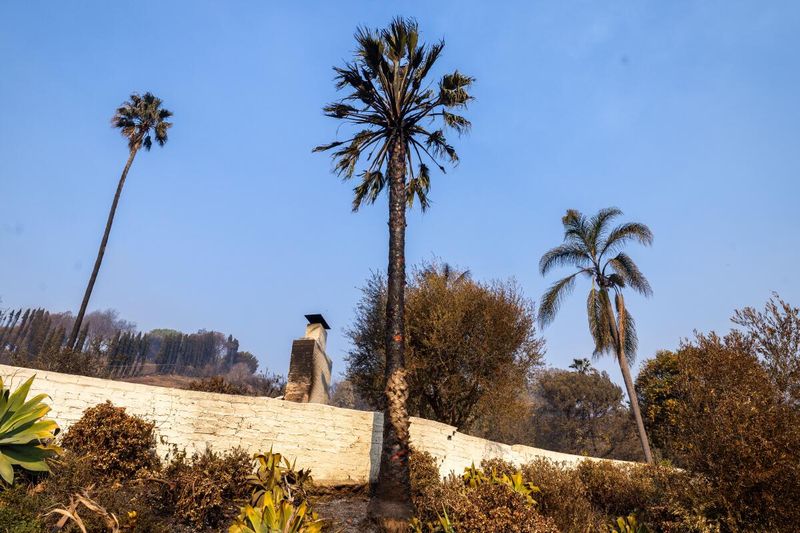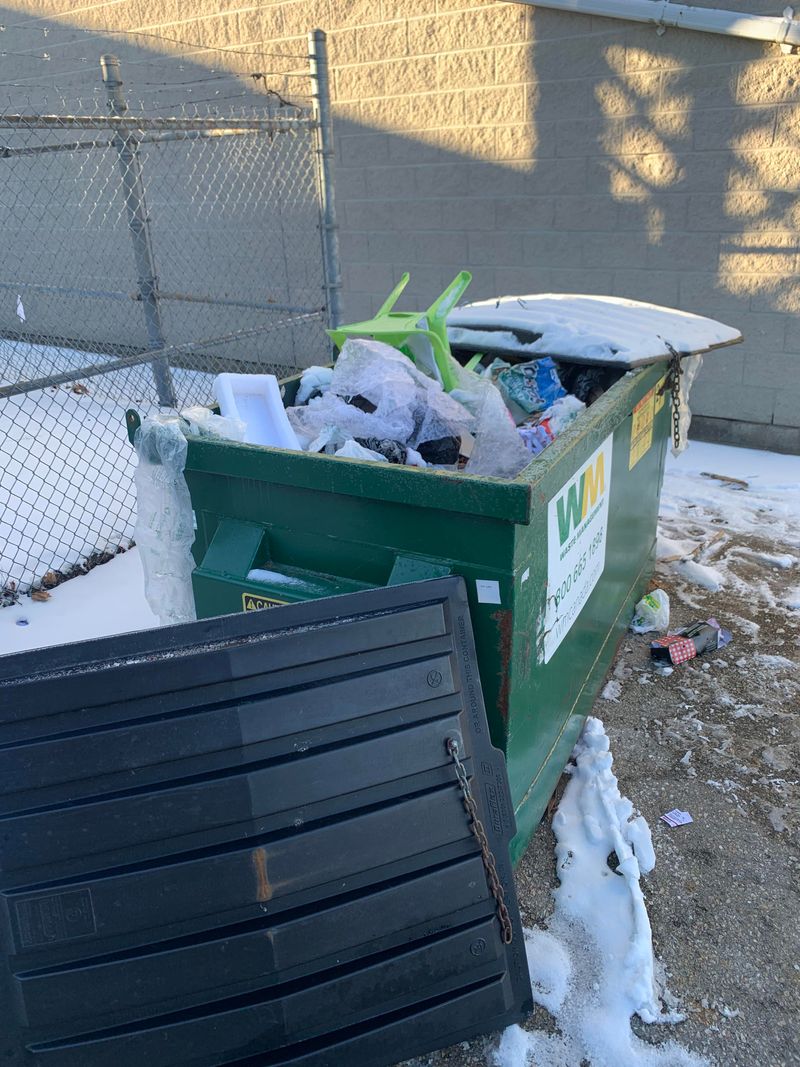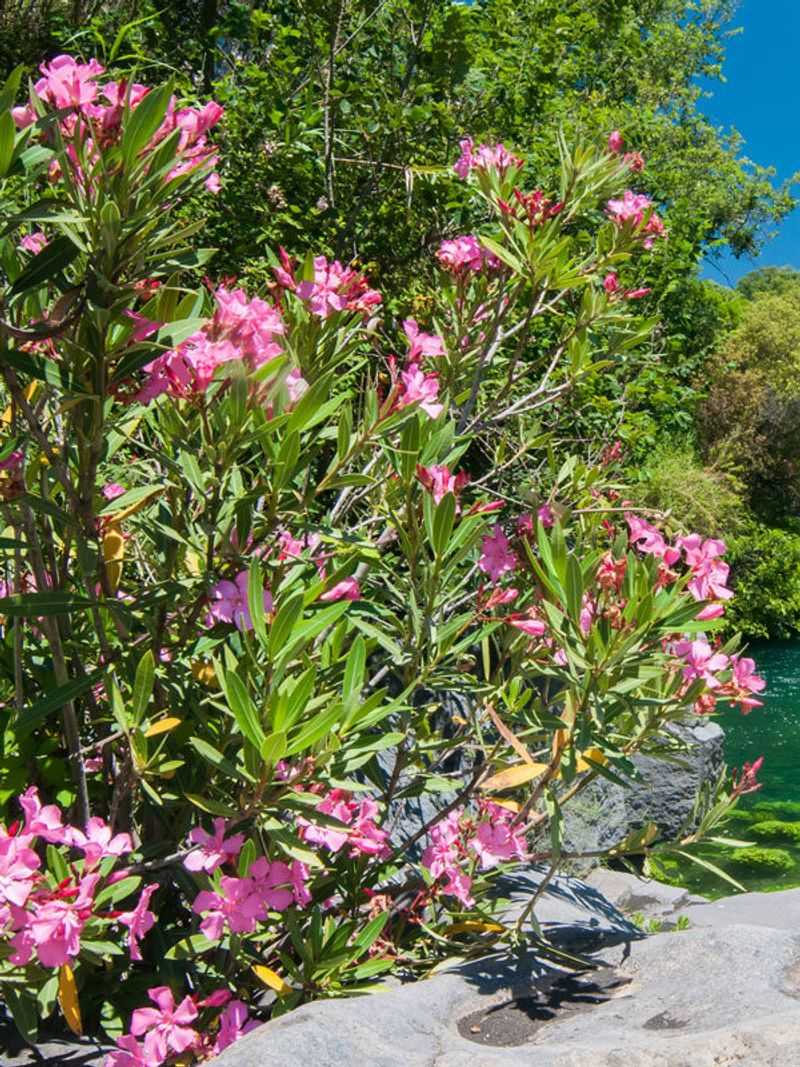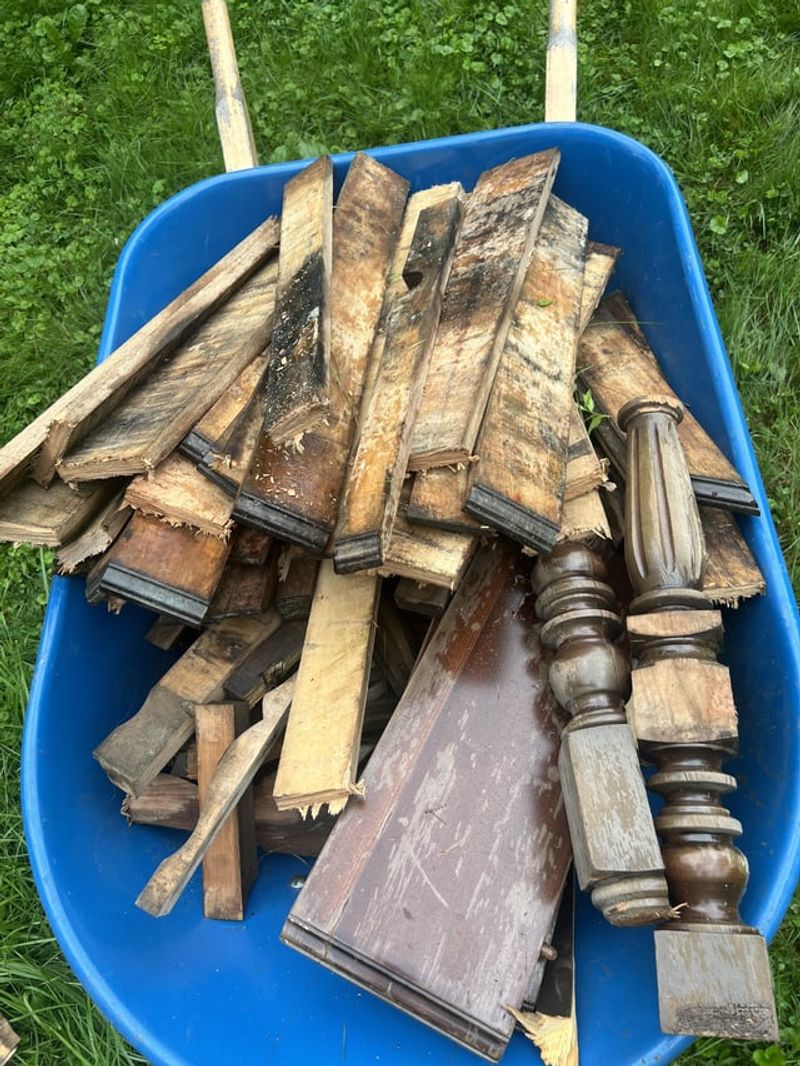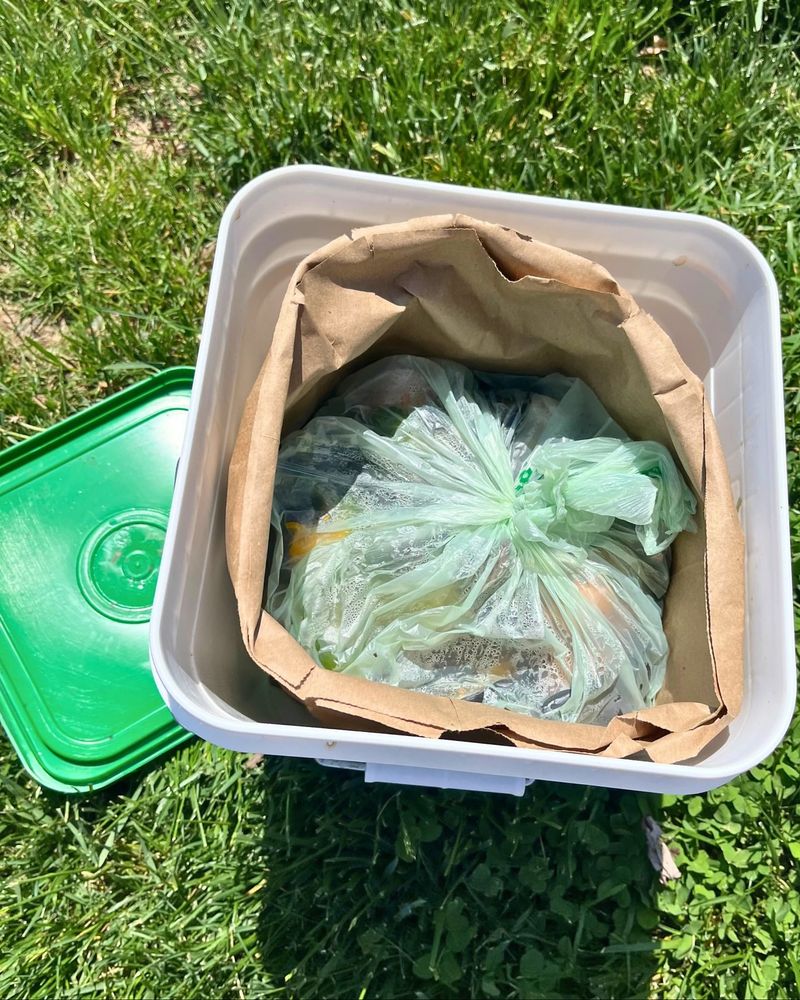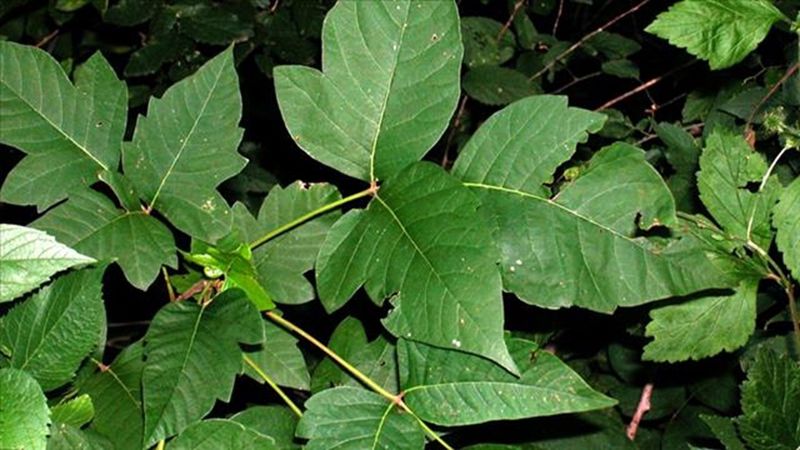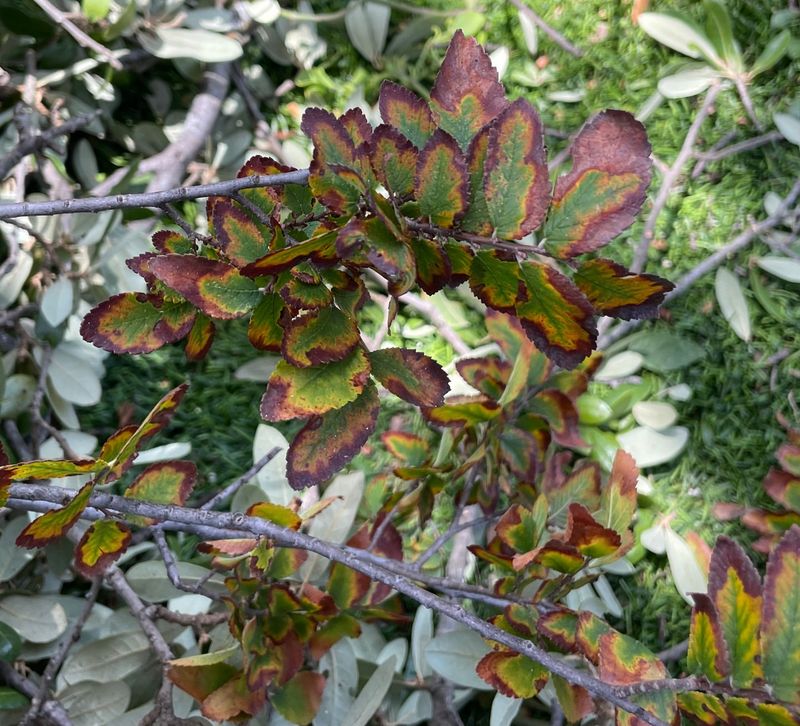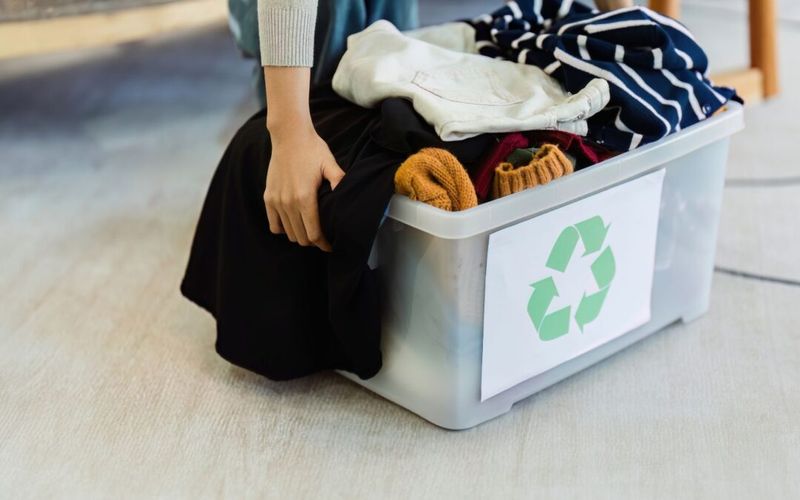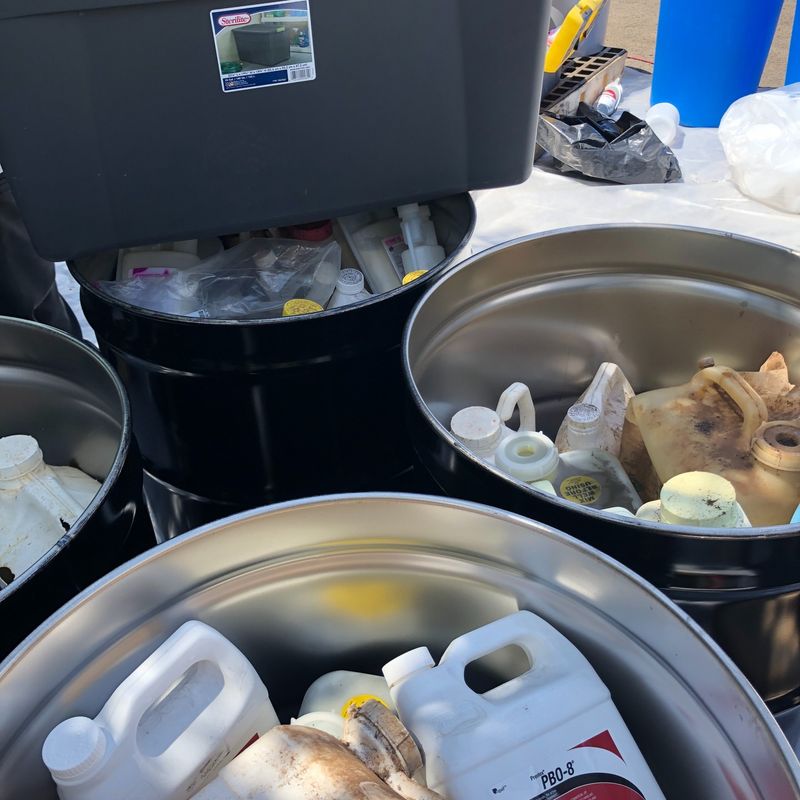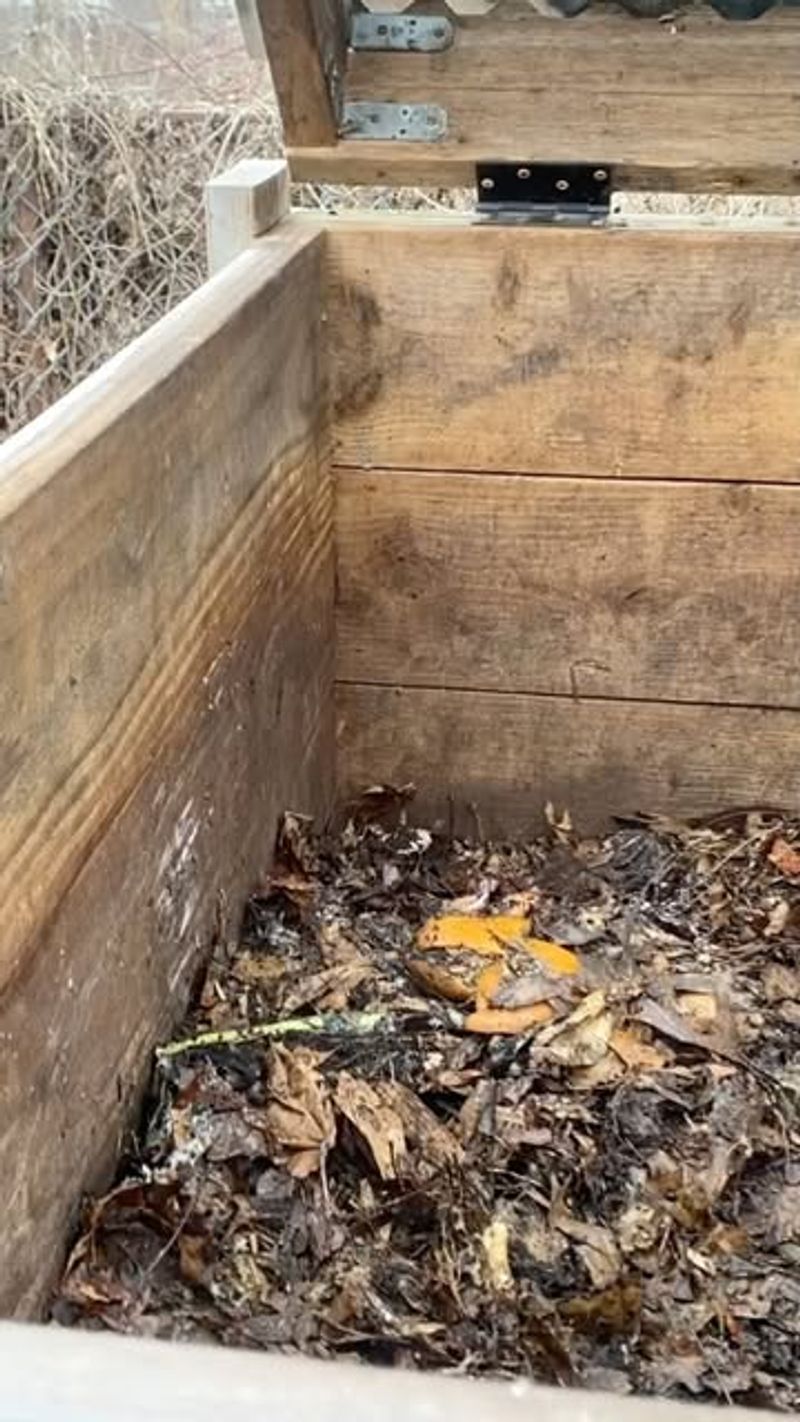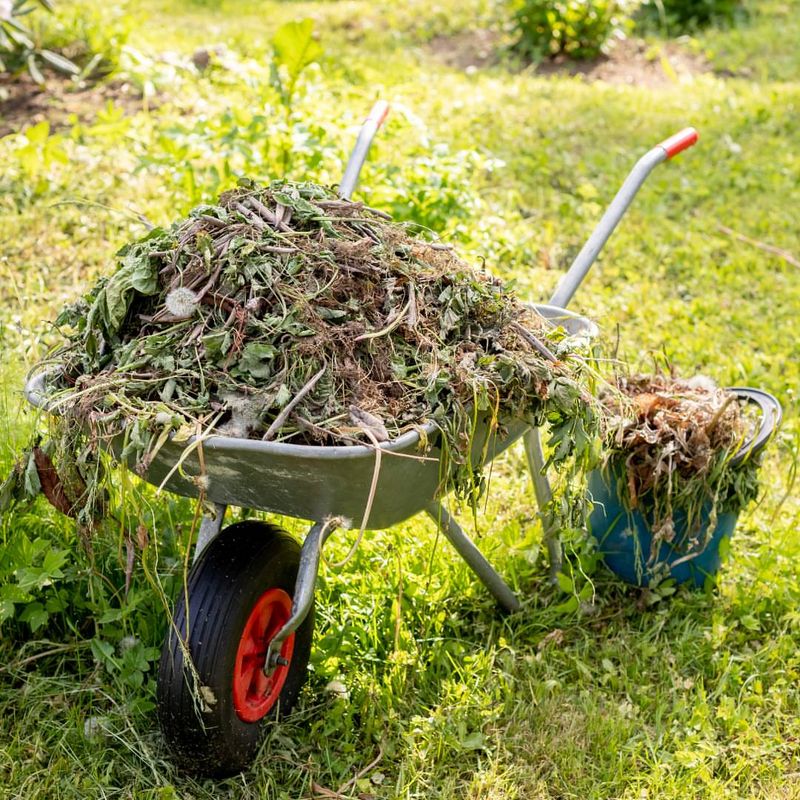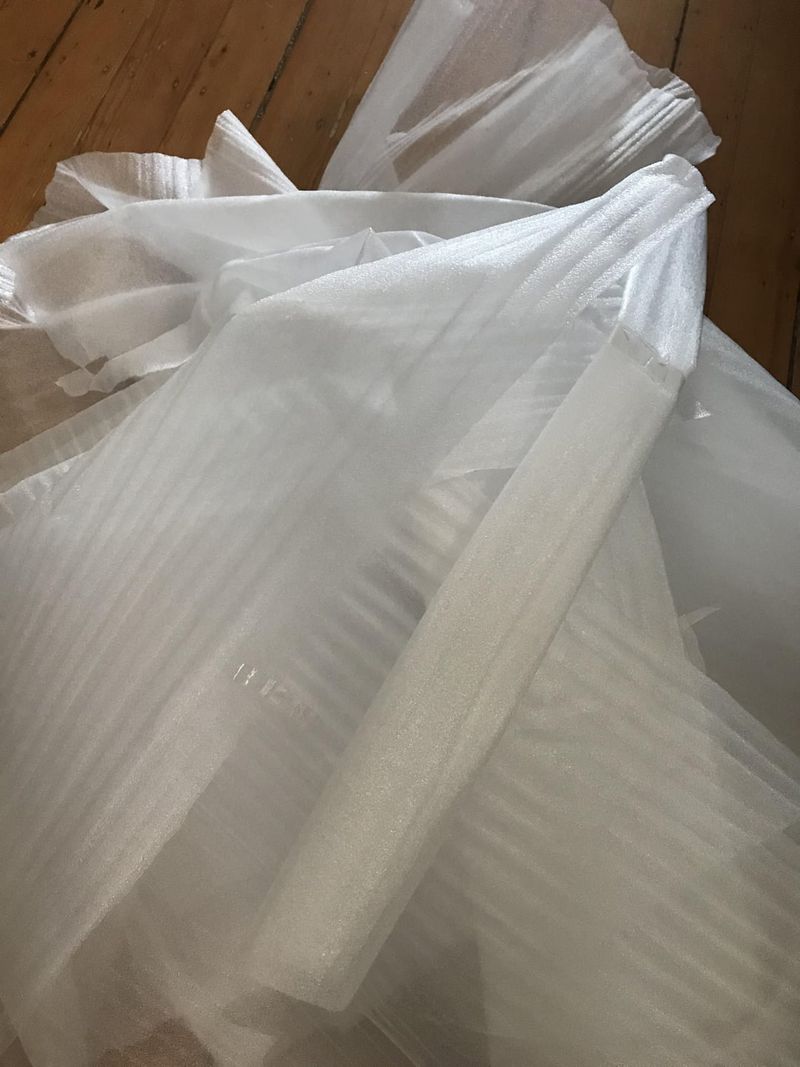Backyard burning in California comes with strict rules—and for good reason. With wildfire risks and air quality concerns, what you burn matters more than you think.
It’s not just red tape—it’s about keeping your community safe. Tossing the wrong items into a fire can lead to toxic fumes or hefty fines.
Before lighting up, know what’s off-limits. These 15 things should never go into your backyard fire in the Golden State.
1. Pressure-Treated Lumber
Burning this common building material releases toxic chemicals into the air. The wood contains arsenic, chromium, and copper that transform into dangerous airborne particles when heated.
California’s air quality management districts strictly prohibit burning treated wood for good reason. These chemicals don’t just disappear – they settle onto your garden plants and soil.
My neighbor once tried burning old fence posts and received a $500 fine from local authorities. Instead of burning, take treated lumber to designated disposal facilities where they handle these materials properly.
2. Plastic Plant Containers
Those black nursery pots might seem disposable, but burning them creates a toxic soup of chemicals. When heated, plastics release dioxins, furans, and other harmful compounds that linger in the environment.
Many gardening centers throughout California offer recycling programs specifically for these containers. Return them instead of creating pollution that can harm wildlife and contaminate groundwater.
After accumulating dozens of pots from my spring planting, I found a local nursery that gladly accepted them for reuse. The simple act saved me from potential fines while supporting sustainable gardening practices.
3. Fallen Palm Fronds
Despite being natural garden debris, palm fronds are surprisingly hazardous to burn. Their unique structure makes them smoke excessively and throw dangerous embers that can travel surprising distances.
Throughout Southern California especially, these fronds present a serious wildfire risk. They contain oils and fibers that burn intensely and unpredictably, sometimes causing fires to spread rapidly.
After trimming the palms in my San Diego yard, I learned to cut fronds into smaller pieces for green waste collection instead. Their slow decomposition actually makes them valuable for municipal composting programs that can properly process them.
4. Household Garbage
Tossing household trash into backyard fires might seem convenient but creates serious health hazards. Food packaging, diapers, and everyday refuse release harmful chemicals when burned at low temperatures.
California regulations specifically target this practice because it produces particulate matter that contributes to respiratory problems. Even seemingly innocent items like cereal boxes contain inks and coatings that become toxic when burned.
During a neighborhood cleanup event, our local fire marshal explained how backyard garbage burning contributes significantly to air pollution. The proper waste management systems throughout California are designed to handle these materials in environmentally responsible ways.
5. Oleander Trimmings
Among California’s popular landscaping plants, oleander contains compounds that become airborne toxins when burned. Every part of this plant contains cardiac glycosides that remain dangerous even when converted to smoke.
Garden cleanup in many California neighborhoods produces piles of these trimmings, especially after spring pruning. The smoke can cause respiratory distress, eye irritation, and more serious complications if inhaled.
Last year after renovating my front yard in Sacramento, I bagged all oleander cuttings separately with clear labeling for special handling. Many California municipalities offer specific guidelines for disposing of potentially toxic landscape materials.
6. Painted Or Stained Wood
The cheerful colors of garden furniture and fencing hide dangerous compounds that release into the air when burned. Older paints may contain lead, while newer ones release various chemicals and volatile organic compounds.
Throughout California’s history, changing regulations have affected what goes into wood finishes. Even seemingly natural stains can contain metals and synthetic compounds harmful when combusted.
When replacing my backyard fence panels, I carefully separated the stained wood for proper disposal at our county’s hazardous waste facility. Breaking down larger pieces makes them easier to transport without resorting to dangerous burning practices.
7. Rubber Products
Garden hoses, old irrigation components, and synthetic rubber mulch create particularly noxious smoke when burned. The chemicals released include styrene, butadiene, and other compounds linked to serious health issues.
Air quality enforcement in California takes rubber burning very seriously due to its intense pollution potential. Just one burning garden hose can release enough toxins to affect an entire neighborhood’s air quality.
Rather than burning my worn-out garden tools with rubber components, I separate the materials for recycling. Many California communities host special collection events for difficult-to-dispose items like rubber and synthetic materials.
8. Poison Oak And Poison Ivy
Removing these irritating plants from your California property is important, but burning is absolutely the wrong approach. The smoke carries the same urushiol oil that causes skin reactions, potentially creating serious respiratory and eye problems.
Even dead or dried poison oak remains dangerous when burned. The toxic compounds become airborne particles that can affect people and pets much farther away than the original plants could.
After battling poison oak on my hillside property near Oakland, I double-bagged all cuttings in plastic and clearly marked them before disposal. Some California counties have specific protocols for handling these particularly problematic plants.
9. Diseased Plant Material
Garden cleanup often reveals plants affected by fungal or bacterial issues, but burning isn’t the solution. Fire doesn’t reliably destroy many plant pathogens and can actually spread disease through smoke and ash.
California’s agricultural heritage makes plant disease control particularly important. Burning infected material can distribute pathogens to neighboring properties, potentially affecting commercial crops and native plants alike.
When dealing with powdery mildew on my squash plants last summer, I learned to bag affected material securely. Many California communities provide specific green waste guidelines for handling potentially infectious plant material.
10. Synthetic Fabrics
Old outdoor cushions, shade cloth, and garden fabric might seem burnable, but these synthetic materials create toxic smoke. The petroleum-based fibers release harmful chemicals including dioxins, furans, and styrene when burned.
Many California communities offer textile recycling programs that accept even degraded fabrics. These programs can properly process materials that would otherwise create pollution if burned or sent to landfills.
After replacing my patio furniture, I discovered our local waste management company accepts textile waste separately. The simple act of keeping these synthetics out of fires protects air quality throughout our drought-prone state.
11. Chemically Treated Garden Waste
Plants that have been sprayed with pesticides or herbicides pose special disposal challenges. Burning releases these chemicals in concentrated forms that can harm people, pets, and wildlife.
Residues can persist on plant material for weeks or months after application. Even organic treatments can create problematic smoke when concentrated through burning.
After treating a persistent weed problem in my Fresno garden, I made sure to clearly mark the treated clippings for separate disposal. California’s agricultural regulations are particularly strict about the proper handling of chemically treated plant materials.
12. Composite Wood Products
Plywood, particle board, and MDF from old garden projects contain glues and resins that create hazardous smoke. These engineered wood products release formaldehyde and other chemicals when burned, even in small amounts.
Throughout California’s wildfire-prone regions, these materials are specifically prohibited from outdoor burning. The adhesives create particularly toxic smoke that can travel long distances on wind currents.
After dismantling an old potting bench made from particle board, I broke it down for easier transport to our local construction waste facility. Many California counties offer specific drop-off locations for these common building materials.
13. Invasive Plant Species
Removing invasive plants helps California’s native ecosystems, but burning often makes the problem worse. Many invasive species have seeds that survive fire or are actually stimulated by it, potentially spreading the infestation.
From pampas grass to ice plant, California battles numerous invasive species that threaten native habitats. Proper disposal methods vary by plant type, with some requiring special handling to prevent spread.
When clearing star thistle from my property near Lake Tahoe, I learned to bag all seed heads securely before disposal. California’s environmental agencies provide specific guidance for handling different invasive species in each region.
14. Foam Packaging And Insulation
Gardeners often accumulate foam from plant shipments and supplies, but this material creates particularly toxic smoke when burned. Polystyrene and other foams release styrene and other carcinogens when heated.
Throughout California’s urban areas, specialized recycling programs accept clean foam packaging. These materials need proper processing rather than dangerous backyard disposal methods.
After receiving several mail-order plants packed in foam, I located a drop-off point through my city’s recycling program. California leads the nation in foam recycling options, making proper disposal relatively convenient in most areas.

